Medellín has 16 communes, called “comunas,” all of which are not vulnerable neighborhoods as one might expect.
But once in Medellín, you will hear about a specific one, Comuna 13. It’s the best-known one, sadly notorious for the violence it witnessed, and is a place to discover in Medellín.
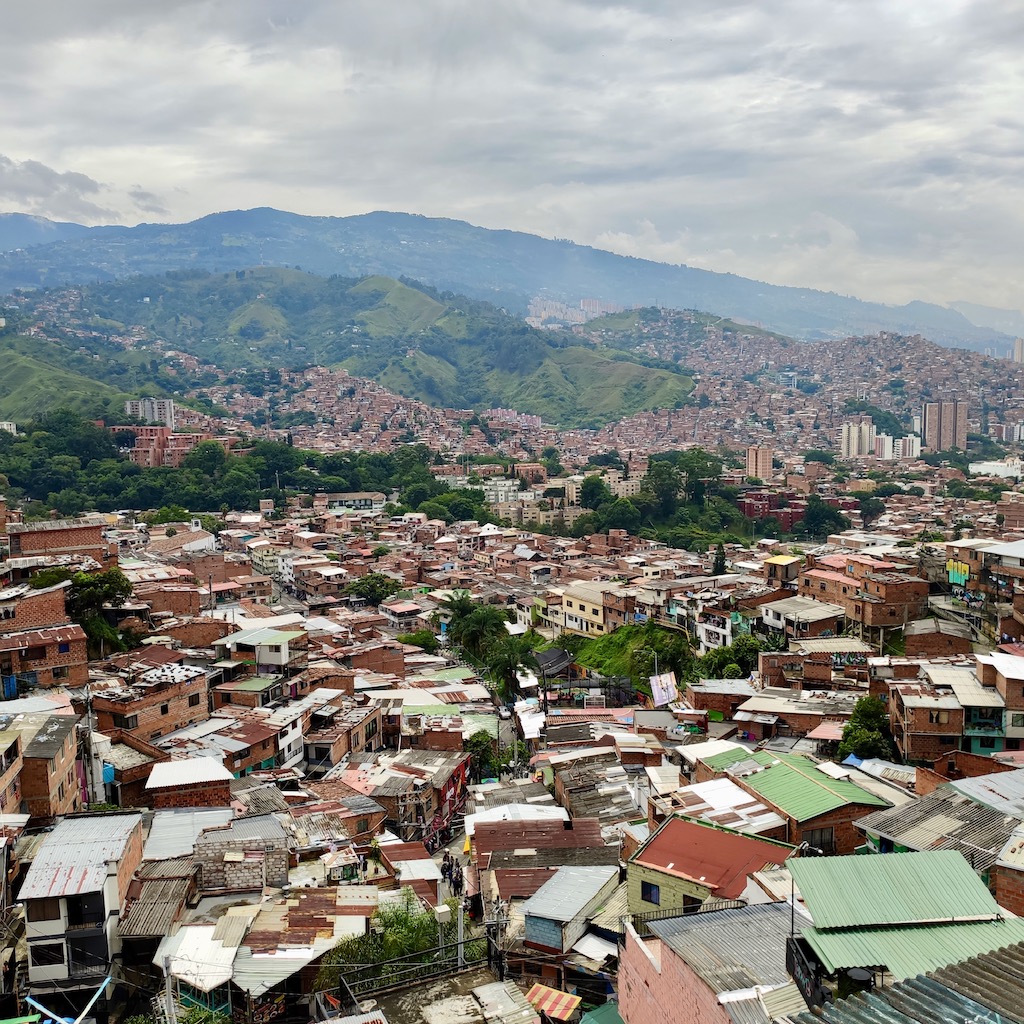

Comuna 13
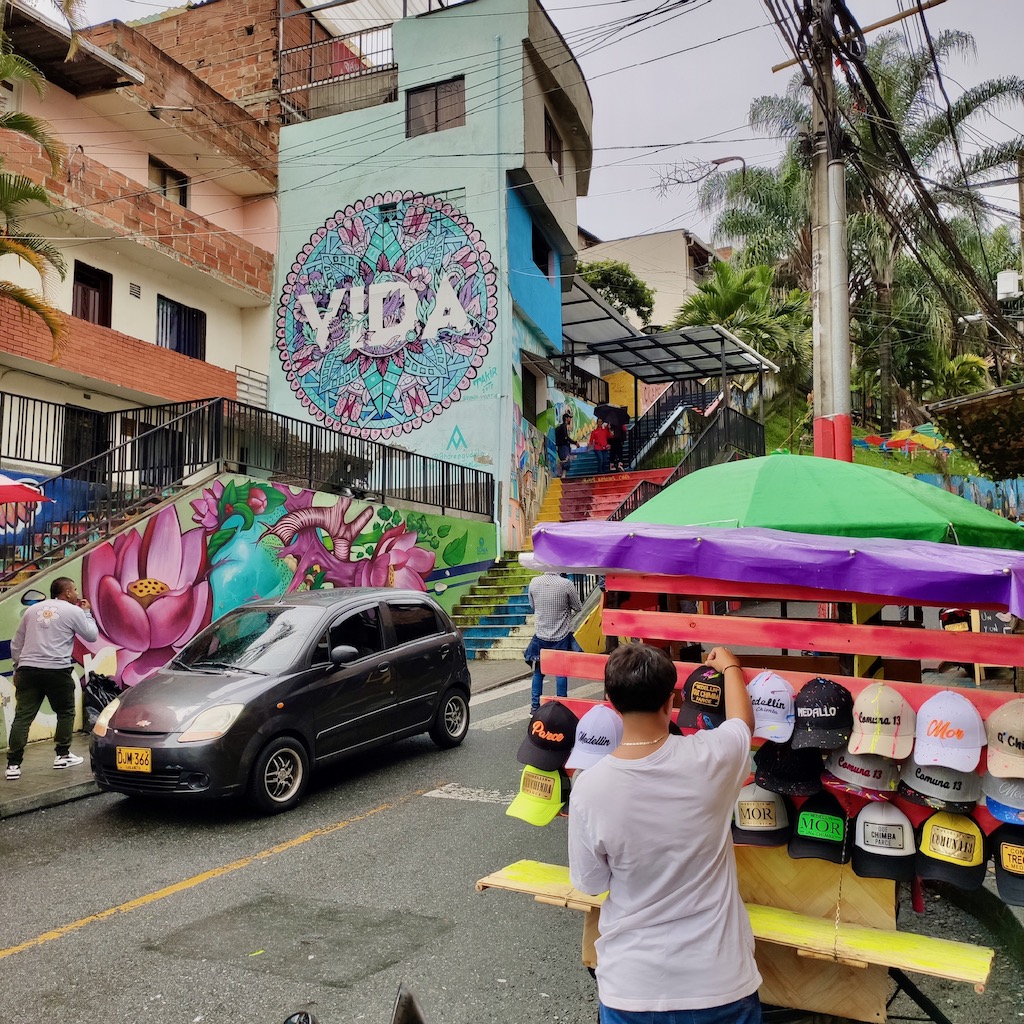

Before going to discover it, it’s necessary to know its history in order to fully appreciate the progress made by its inhabitants, the work, and the energy that was necessary for its evolution.
Even today, nothing is set in stone. It is the day-to-day work with the younger generations that will ensure the changes would last.
The ubiquitous risk; easy money through enlisting in a drug or gun gang.
The History of Comuna 13
There was here before a small village of farmers, Las Granjas, which became a district of Medellín in the late 19th Century. It was renamed La America.
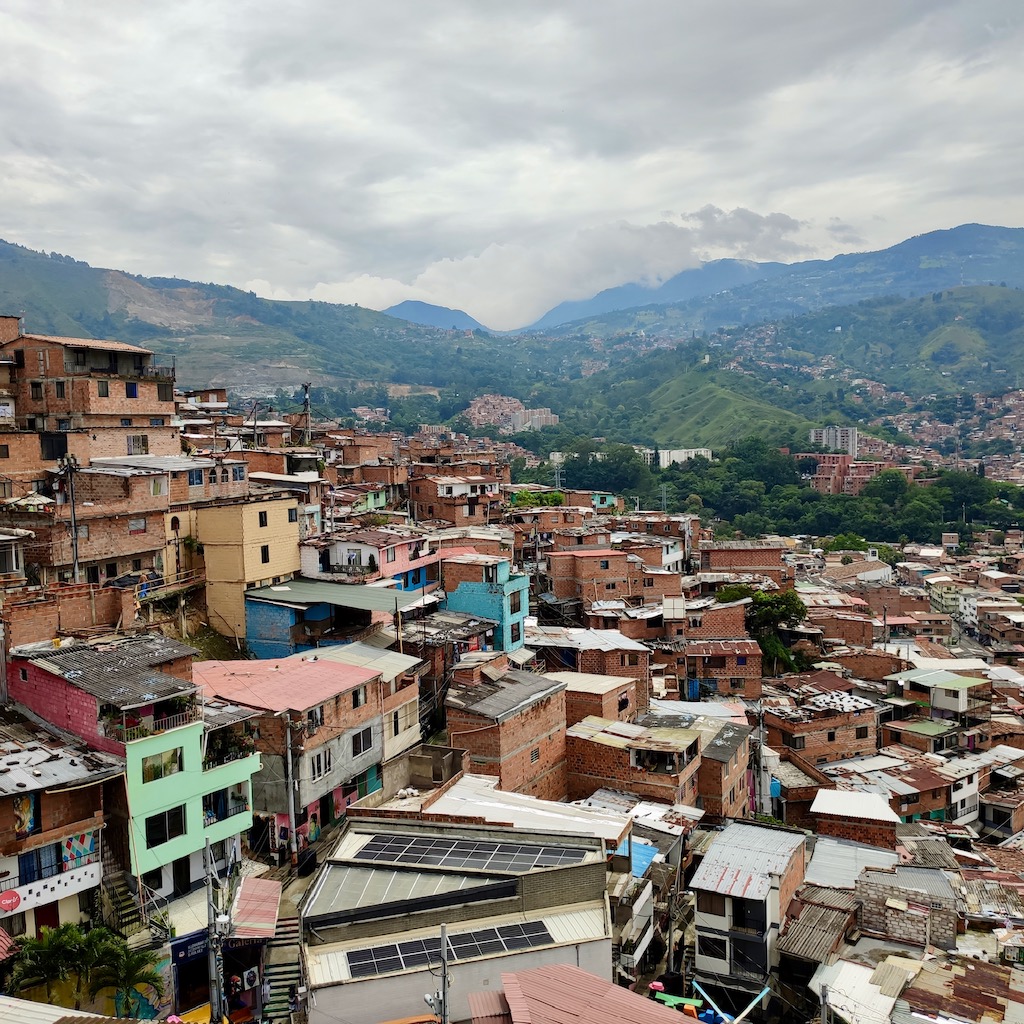

But the real change began in 1946 when one of the farms was turned into a residence to welcome newcomers looking for better living conditions.
This was the beginning of the rural exodus, which peaked in the 1960s and 1970s.
The farmers of La America sold their land, on which colonies were built illegally, stretching all the way to the mountainside.
Another wave of migration followed shortly after the first one, which lasted 10 years and recorded the arrival of more than 1,500 families in Comuna 13. It was for another reason; indeed, people fled guerrilla conflicts in the rural areas of Antioquia.
These new residents were poor and had no skills other than agriculture and construction. Considered invaders and treated as such by the inhabitants of the time, they had a lot of trouble integrating into this society.
Despite this massive influx, official institutions took no action to address the situation. Living conditions grew deplorable; people drew water from contaminated streams and had no other choice than to steal electricity.
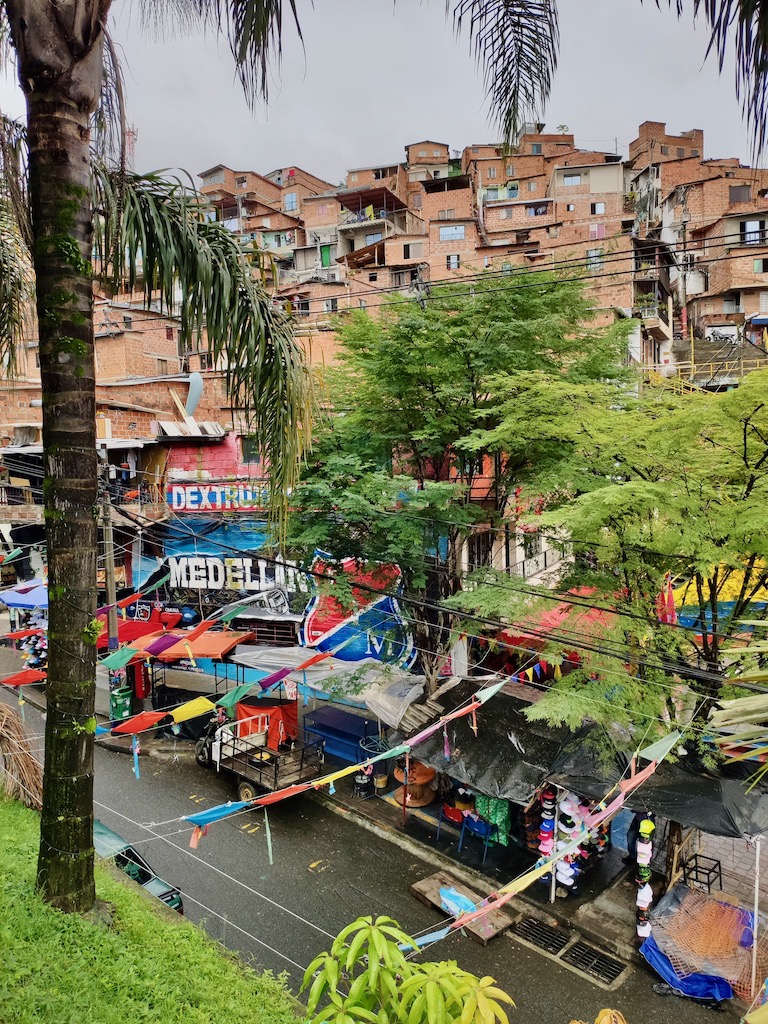

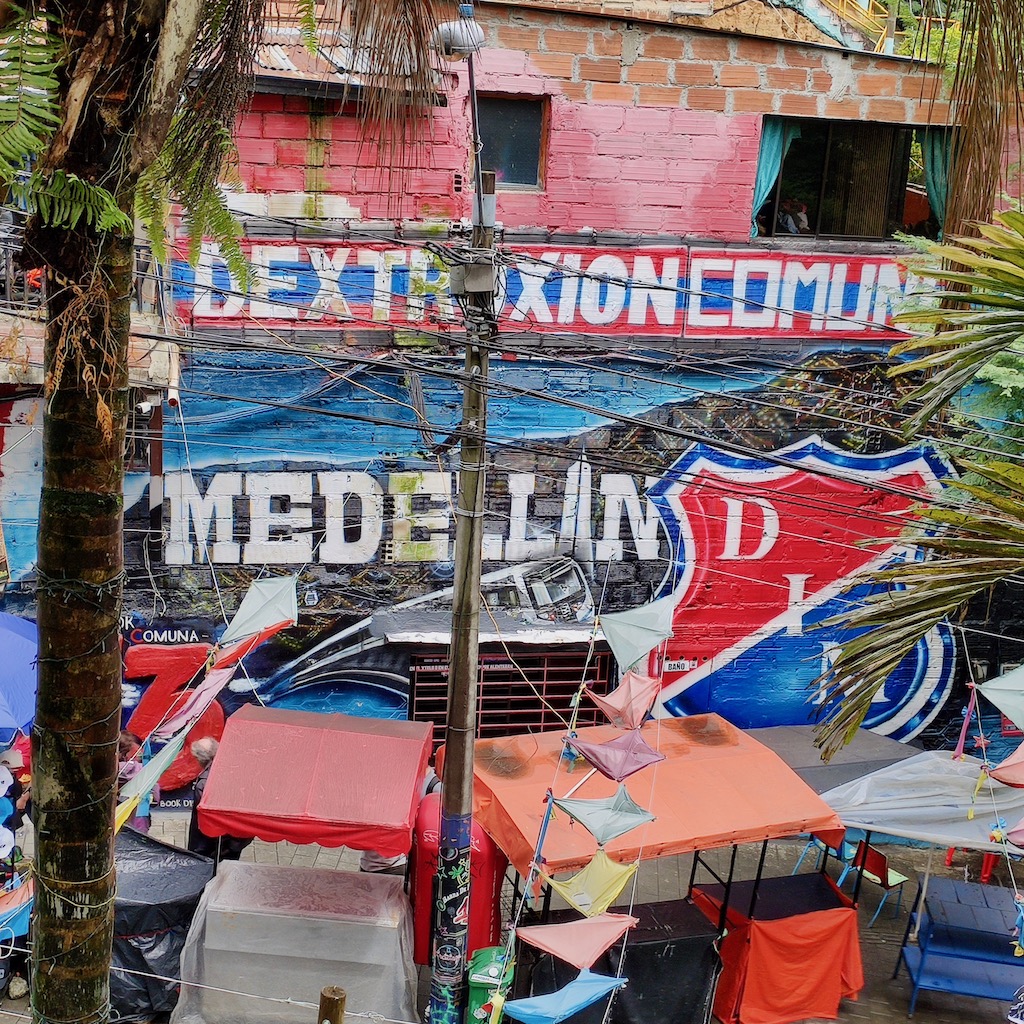

This misery made them vulnerable, hence easy prey for the propaganda and drug and gun traffickers.
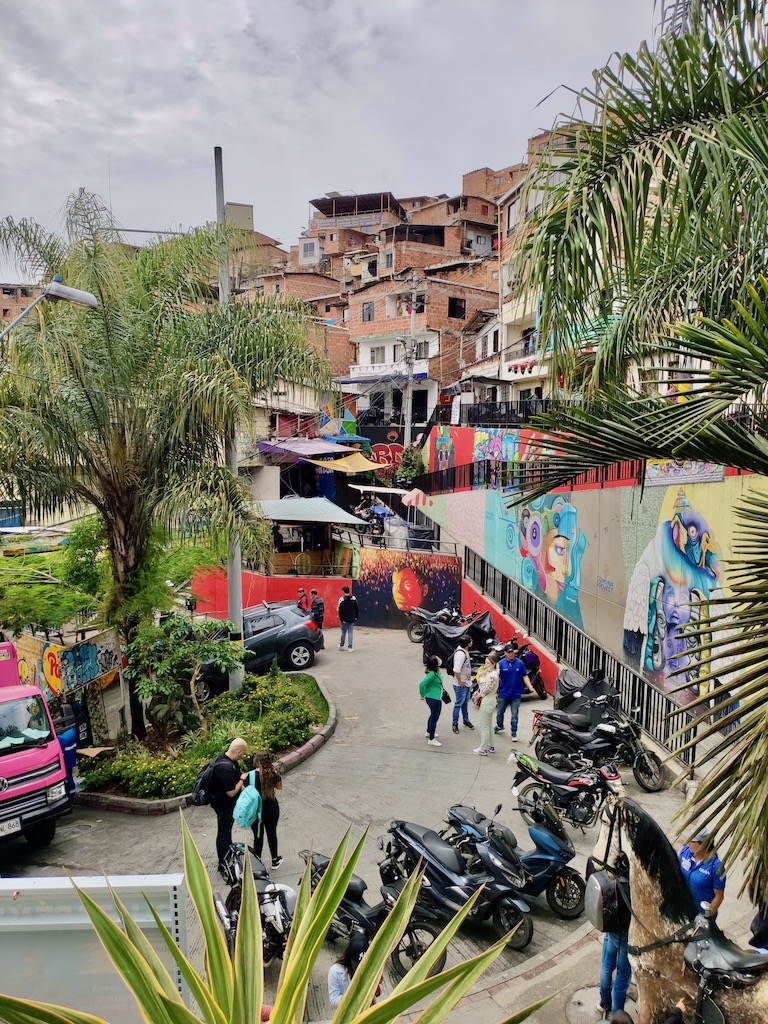

Thus, in the late 1980s, paramilitary organizations such as the FARC and the ECN fought to take control of this area located on the traffickers’ road. They are also the ones who enact the laws and rules of the commune — granting themselves at the same time the right of life and death over its inhabitants.
For more than a year, this uncontrollable zone became the second most dangerous zone in the world.
It was not until 2002 that the new Colombian president, Álvaro Uribe, decided to intervene in Comuna 13, with the support of the mayor of Medellín.
Ten military operations took place, the two largest being Mariscal and Orion. Orion, which lasted three days and monopolized over 1,500 soldiers, two helicopters, and a tank, cost many innocent civilians their lives. So, came about the end of the guerrillas in Comuna 13.
It was assumed that the army and police had partnered with the paramilitaries for this cause.
Guess who gained control of the Comuna 13?
The paramilitaries.
They imposed their laws, and tried and sentenced to death those suspected of having helped the guerrillas. This silent war lasted two years and 200 persons disappeared, their bodies buried in a dump called Escombrera.
This period was followed by a few years during which people lived in relatively peaceful conditions.
Now, officially, Comuna 13 is no longer under the control of a specific guerrilla or paramilitary group. However, in their place, there are various gangs involved in illegal activities: trafficking, contraband, homicide, and extortion.
Those gangs are still active, which is why there are youth organizations.
The new comuna 13
But the municipality of Medellín wanted to do more.
In 2008, the first cable cars were built around the city, making it easier to reach the communes located on the mountainside. Other initiatives are ongoing — in Comuna 13, six escalators have been installed.
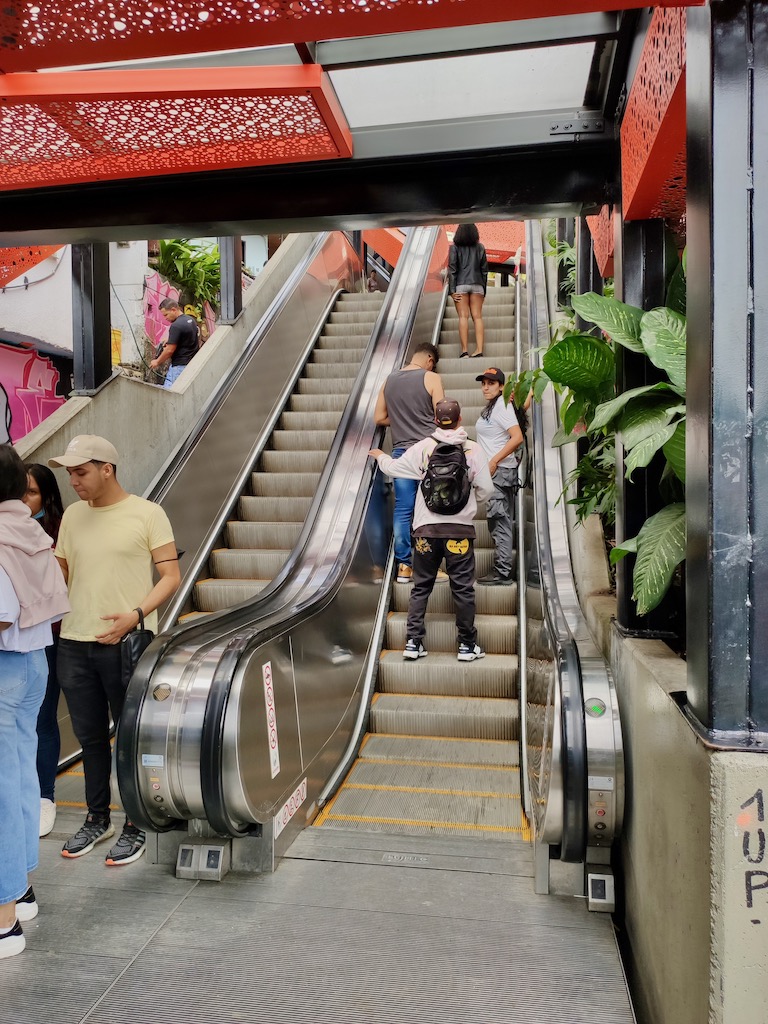

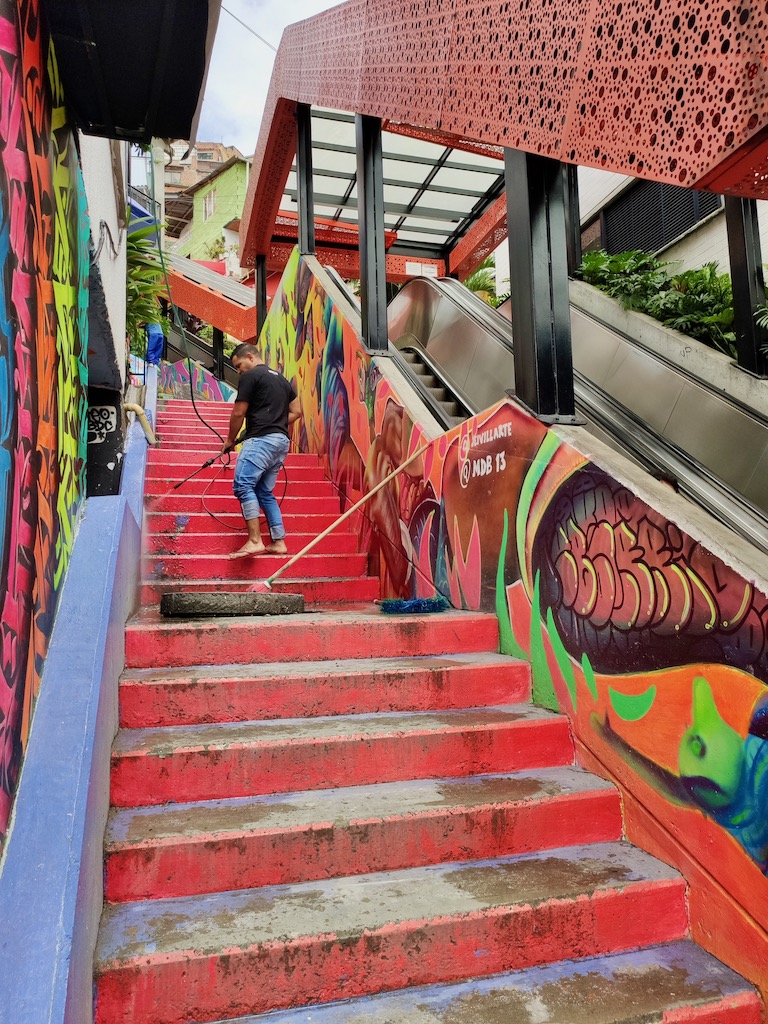

They make it very easy for residents to move. For example, to get to Medellín, it now only takes them 6 minutes to climb the 384 m drop from the city.


The twenty-five min and 350-step climb they had to do before discouraged youth from seeking work and prevented others from leaving their homes.


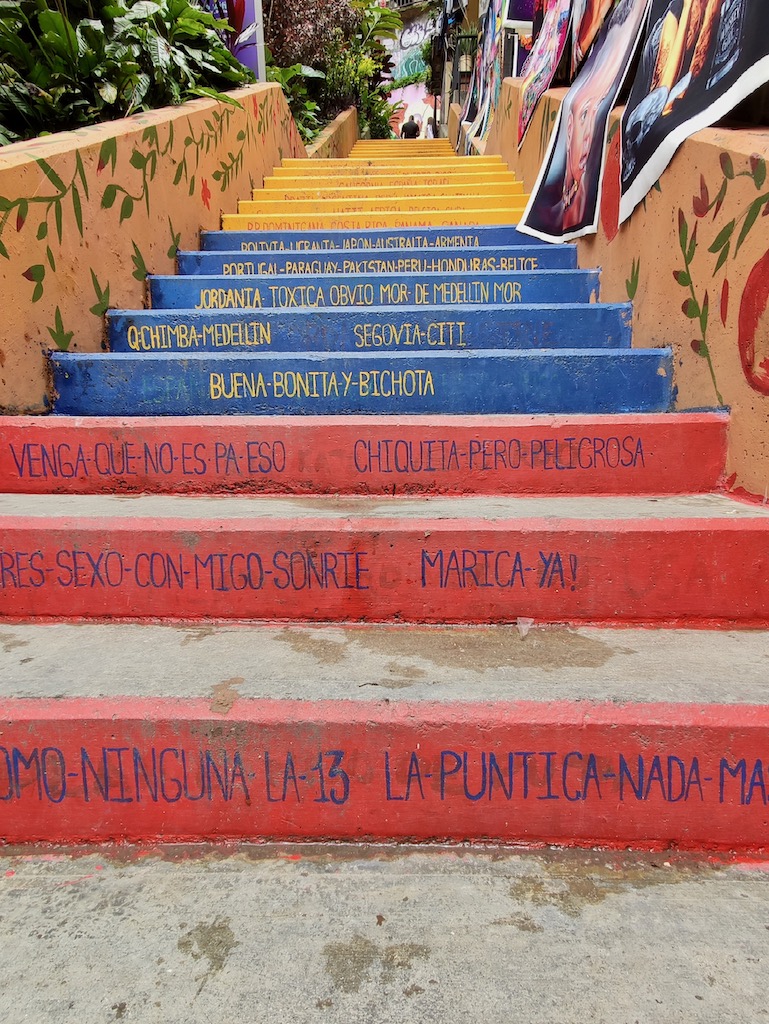



But the biggest strength of the community is its people.
Like many Colombians, they take pride in having been able to get out of this hell. They are welcoming and warm, and want to portray Colombia differently.
They pride themselves on what they have learned and what they have become. They want to let go of their past, and they desire to forgive, even if their history is full of drama. Our guide shared his journey with us, a childhood filled with tragic deaths — and I was truly impressed by his resilience and optimism for the future.
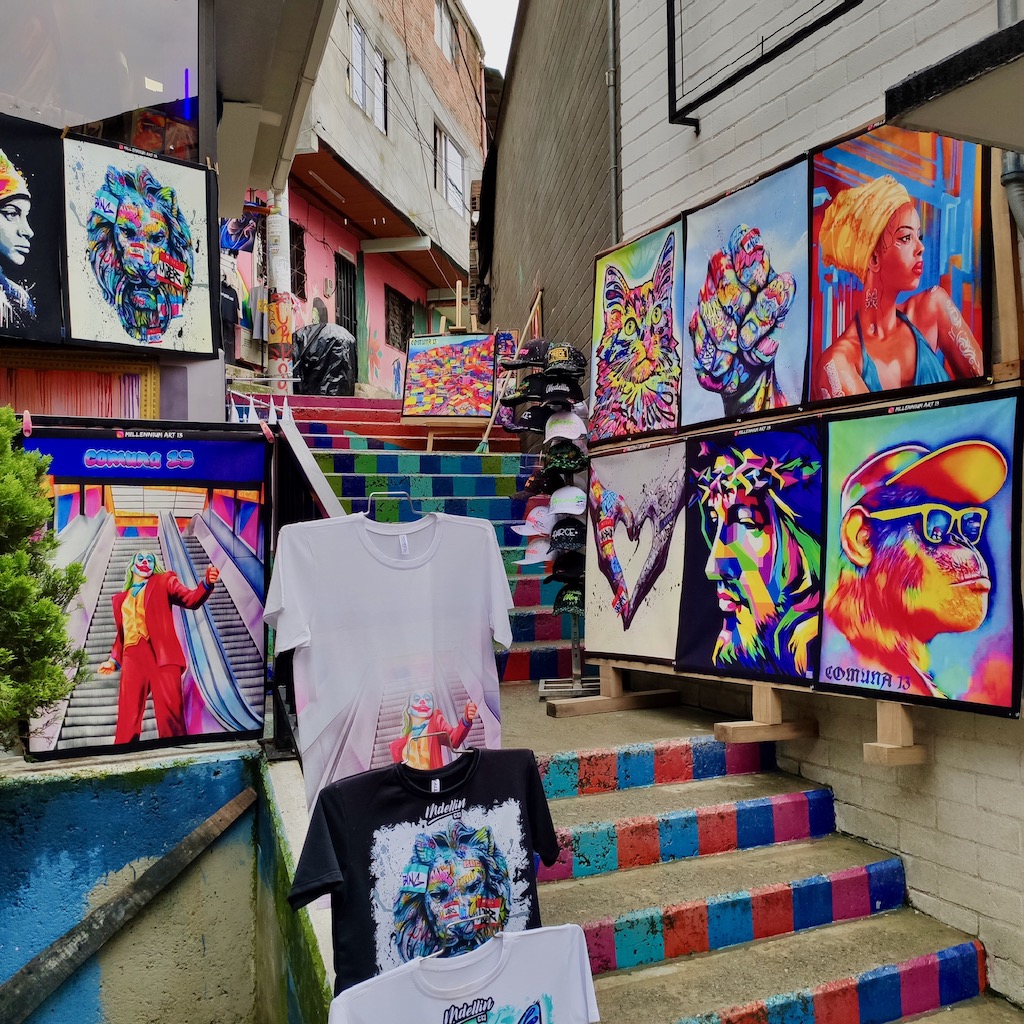

Our tour was punctuated by stops in art galleries, a coffee tasting, and shows organized by young people.


A message of hope and joy that all the people of Comuna 13 want to pass on to all visitors. Going to Comuna 13 is also about contributing to its community development.
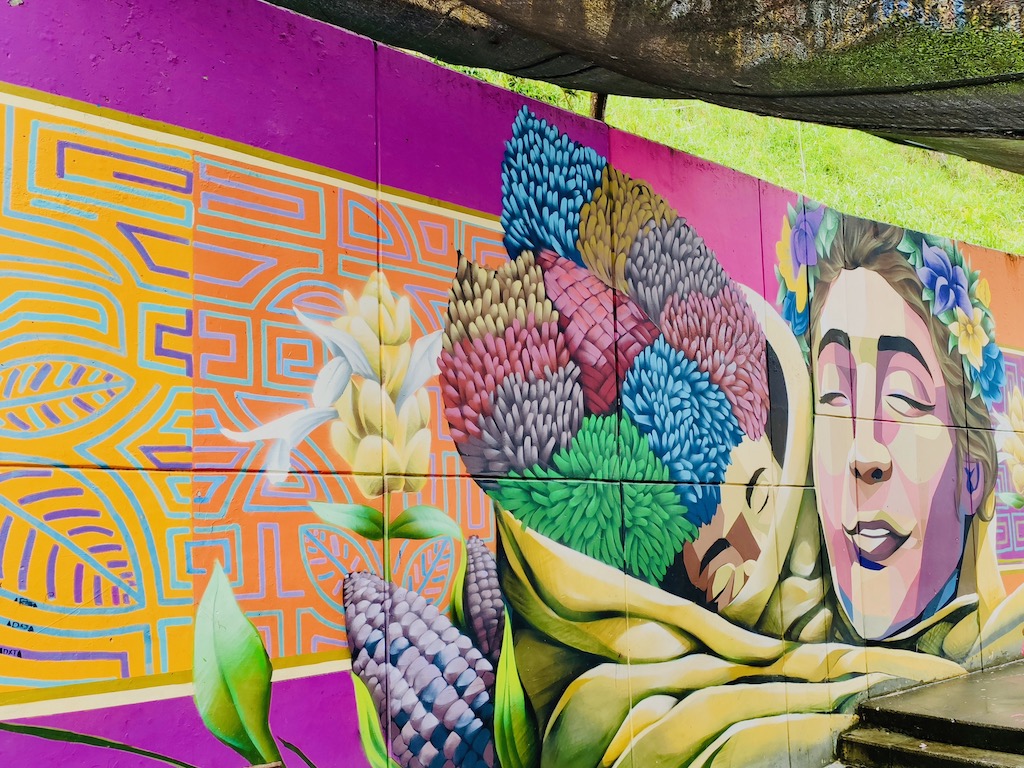







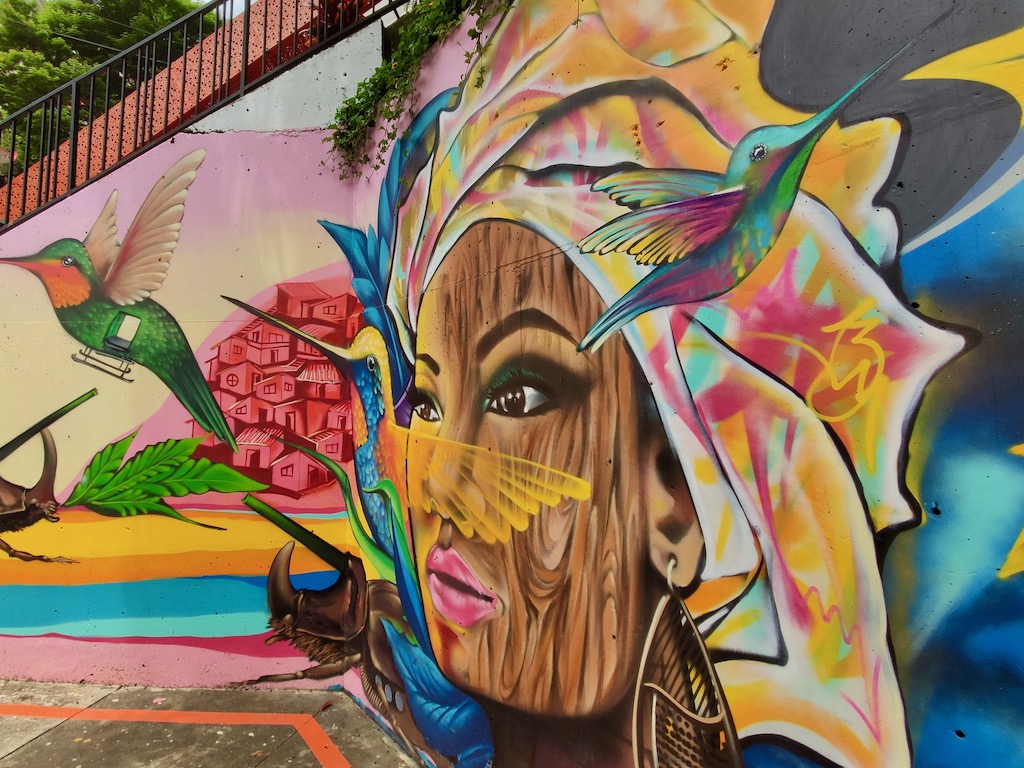

Some examples of the beautiful pieces of art one can admire wandering among the street.
Final word
More than the discovery of artwork, what touched me the most was the determination of the people of Comuna 13 to build a pleasant place to live. Despite the trials they have endured, they send a beautiful message of hope. A great souvenir of Medellin.
